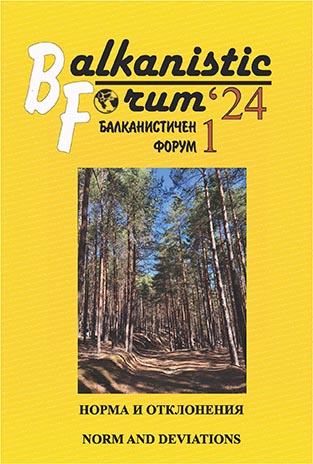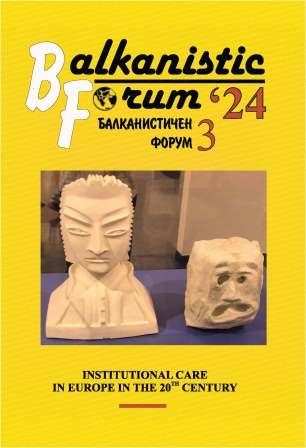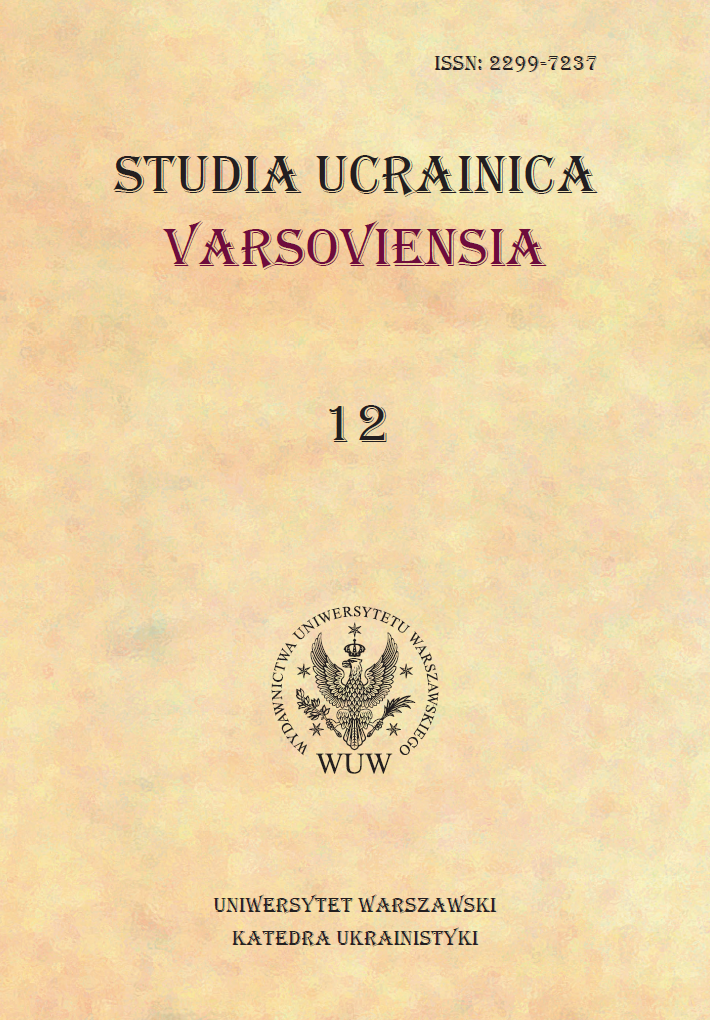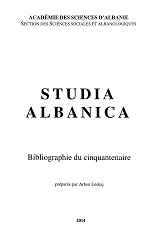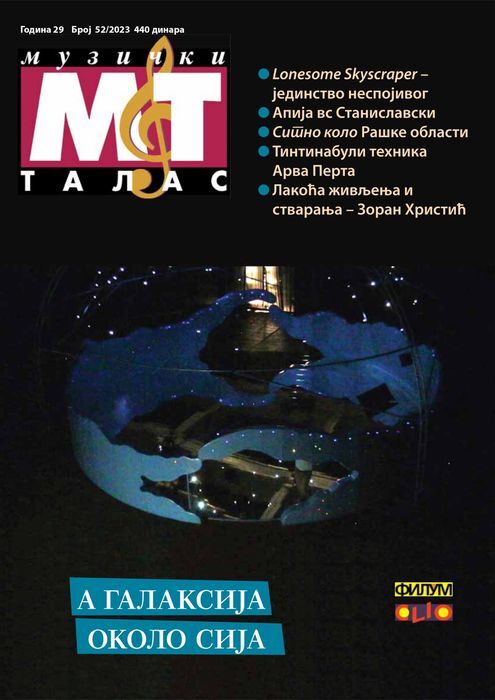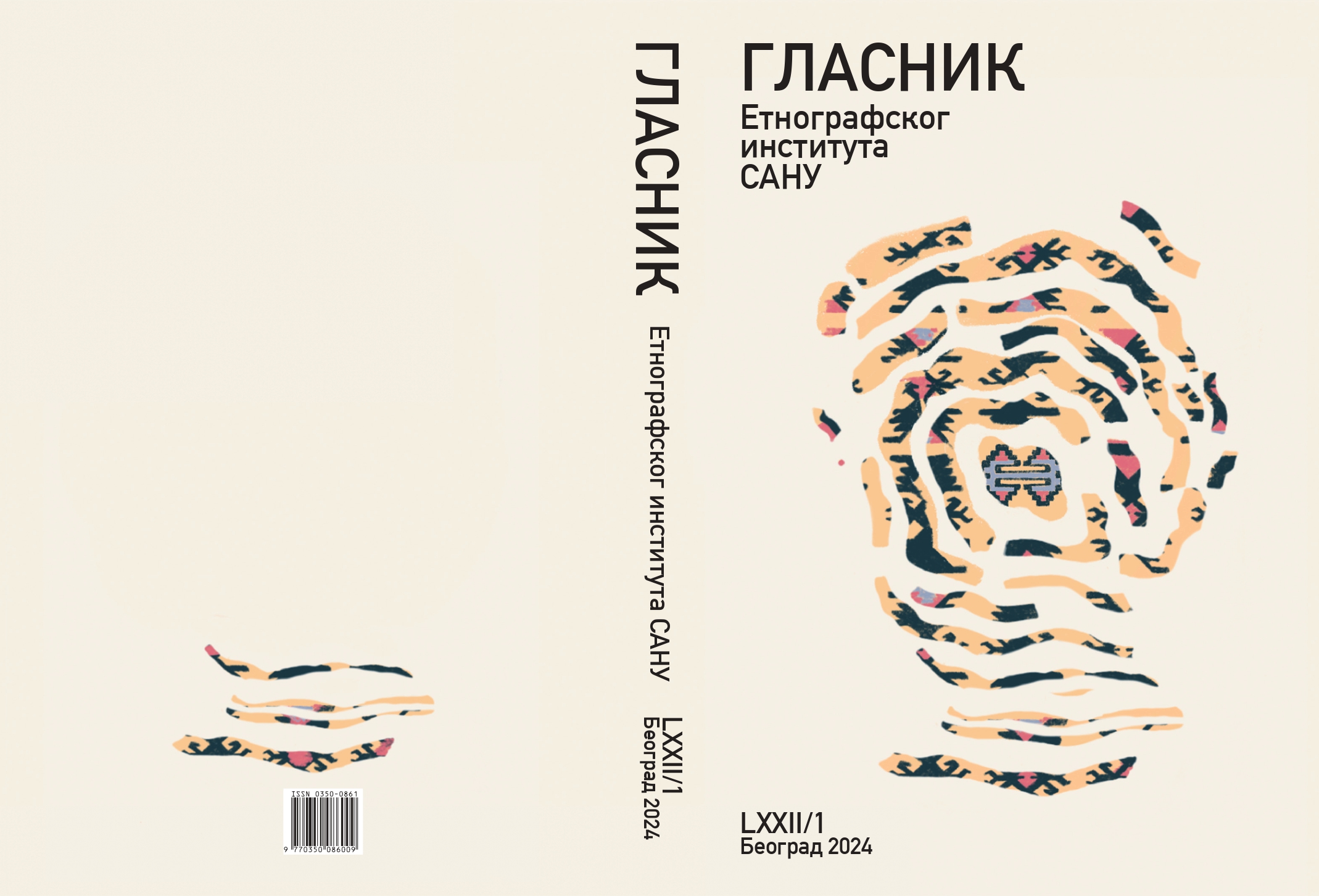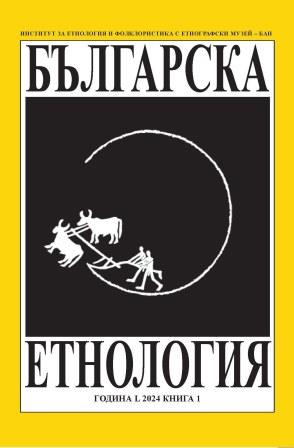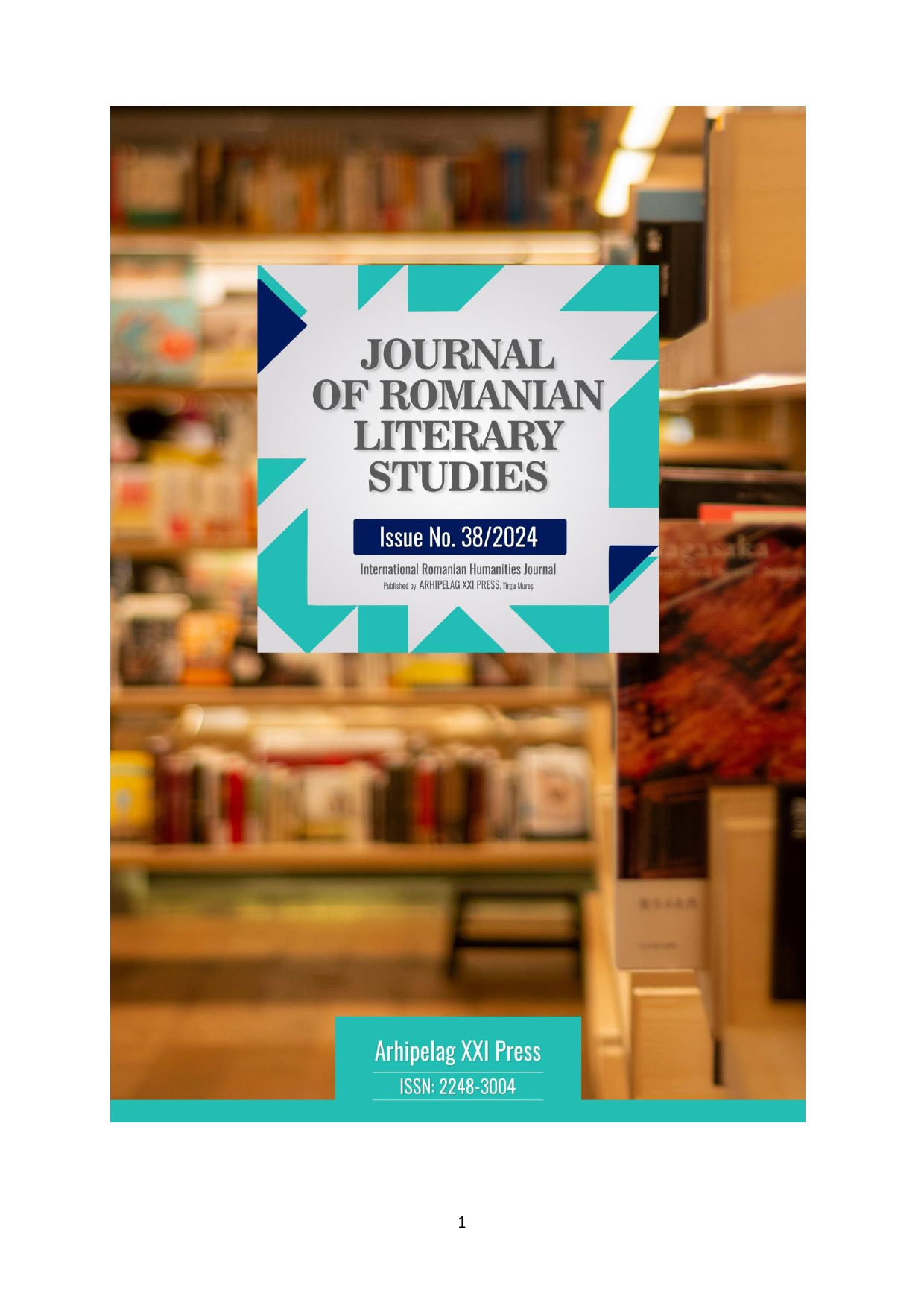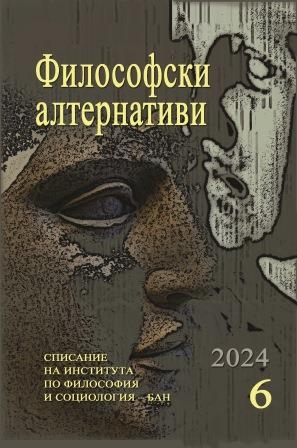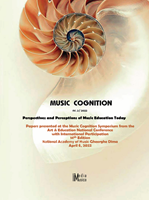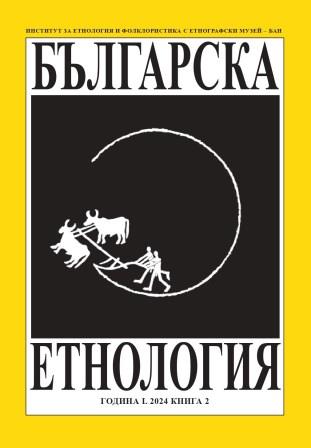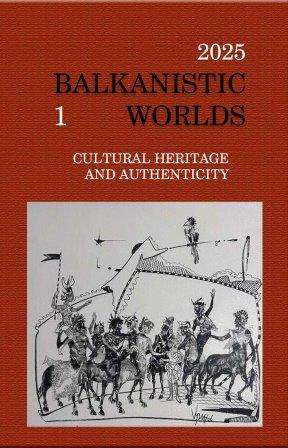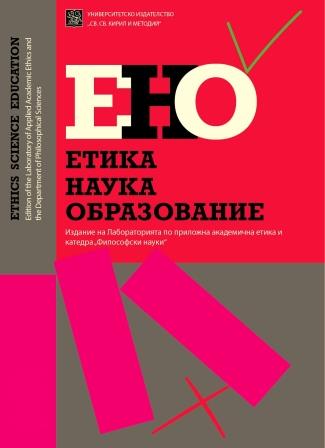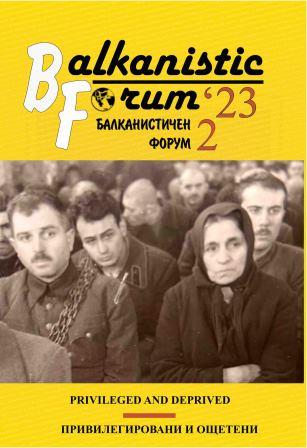
Език на омразата – стратегии на манипулацията: Вестникарската дискусия върху филма „Дунав мост“ (1999)
The focus of the article is on the language of derogation and hate in Bulgarian news-papers published between 1990 and 2000. The study centers around one of the most famous and most discussed serial movies, “Dunav most” (The Danube Bridge). The 7-series visual project is based on Georgi Mishev’s novel and was sponsored by the Bul-garian National Television. Soon after the projection of the first episode started dis-cussion provoked by the most popular newspapers in the country, in which many jour-nalists, experts, political leaders, and citizens took part. The language of publications is a language of derogation and hate directed towards the movie and the “pornogra-phy” shown on it. So-called pornography is expressed in a few scenes with naked ac-tors and one – very popular and most argued - two men in a bed. One of them – a reli-gious man living in a monastery. Bulgarian newspapers manipulated the discussion pointing at that fact and hiding or diminishing the fact that this person had been an officer of former Secret services of the fallen totalitarian regime. The language of hate is paralleled with “the traditional Bulgarian values,” and in that way mass media present the distortion of a post-totalitarian society. Homosexuality is considered as a huge problem of the modern nation, and that is why it must be pointed at and rejected. This language, in fact, provokes readers’ emotions and turns aside attention from economic and social issues controlled by people of former totalitarian police.
More...
